According to Mr. Tran Quang Bao (photo) - Director of the Department of Forestry (Ministry of Agriculture and Rural Development), from now until the official formation of Vietnam's carbon market (expected in 2028), all activities of buying and selling and exchanging forest carbon emission reductions must be carried out in a pilot form and the Government's opinion must be sought to have a separate pilot mechanism.
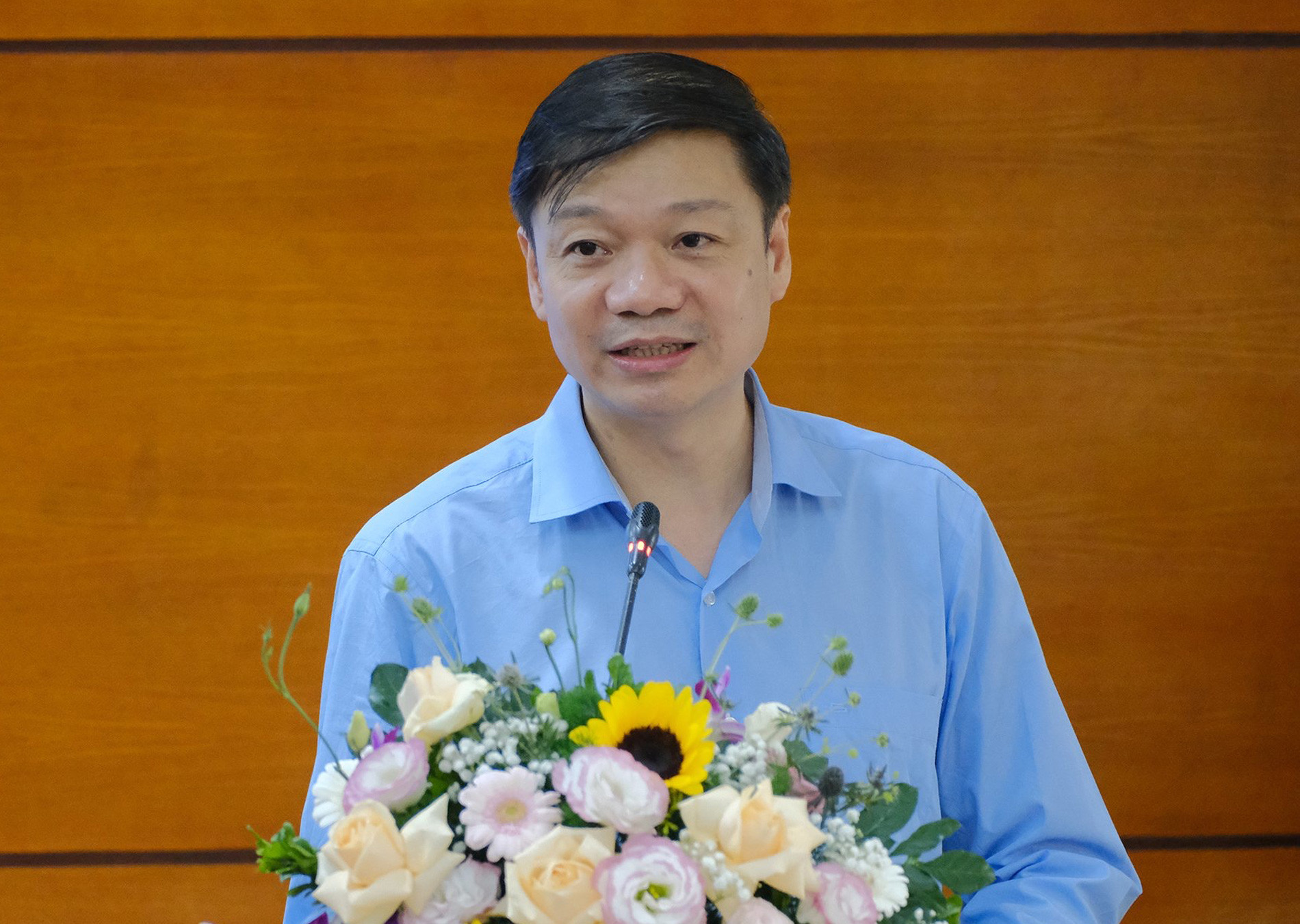
Mr. Tran Quang Bao - Director of Forestry Department (Ministry of Agriculture and Rural Development).
How do you evaluate the potential for forming a carbon credit market in general and a forestry carbon credit market in particular in Vietnam?
- Vietnam is a member of the United Nations Framework Convention on Climate Change (UNFCCC) and the Paris Agreement, and has demonstrated a strong commitment to reducing greenhouse gas emissions.
Notably, at COP26 in 2021, Vietnam committed to bringing net emissions to "0" by 2050. This commitment opens up new opportunities for the forestry sector in establishing and operating financial mechanisms to mobilize international and domestic resources, through market development and promoting the exchange of forest carbon credits.
The forestry sector is currently the only sector with the potential to achieve negative net emissions, thanks to the protection and development of forests by both the political system and the support of international partners.
However, the forest carbon market in Vietnam is still in its early stages of development, facing many difficulties and challenges. Vietnam is currently implementing only one program to transfer the results of emission reductions through forest carbon credits through emission reduction payment agreements for 6 provinces in the North Central region with the World Bank. As a result, it successfully transferred 10.3 million tons of CO2 and received 51.5 million USD in the period of 2018 - 2019.
Currently, the Ministry of Agriculture and Rural Development is completing documents to submit to the Prime Minister for consideration and negotiation to sign an emission reduction purchase agreement for 11 provinces in the Central Highlands and South Central regions with the Forestry Finance Enhancement Organization (Emergent).
The forest carbon market has the potential to generate significant revenue for the forestry sector, helping to invest in forest protection, create jobs, increase incomes for local people, and protect and improve environmental quality. However, financial resources for forestry activities are still difficult and unstable, meeting only a small part of the actual needs of the sector.
I hope that with the strong direction of the Government, the synchronous participation of functional sectors, the carbon credit market in general and the forestry carbon credit market will soon be formed so that we have more financial resources for forest management and protection.
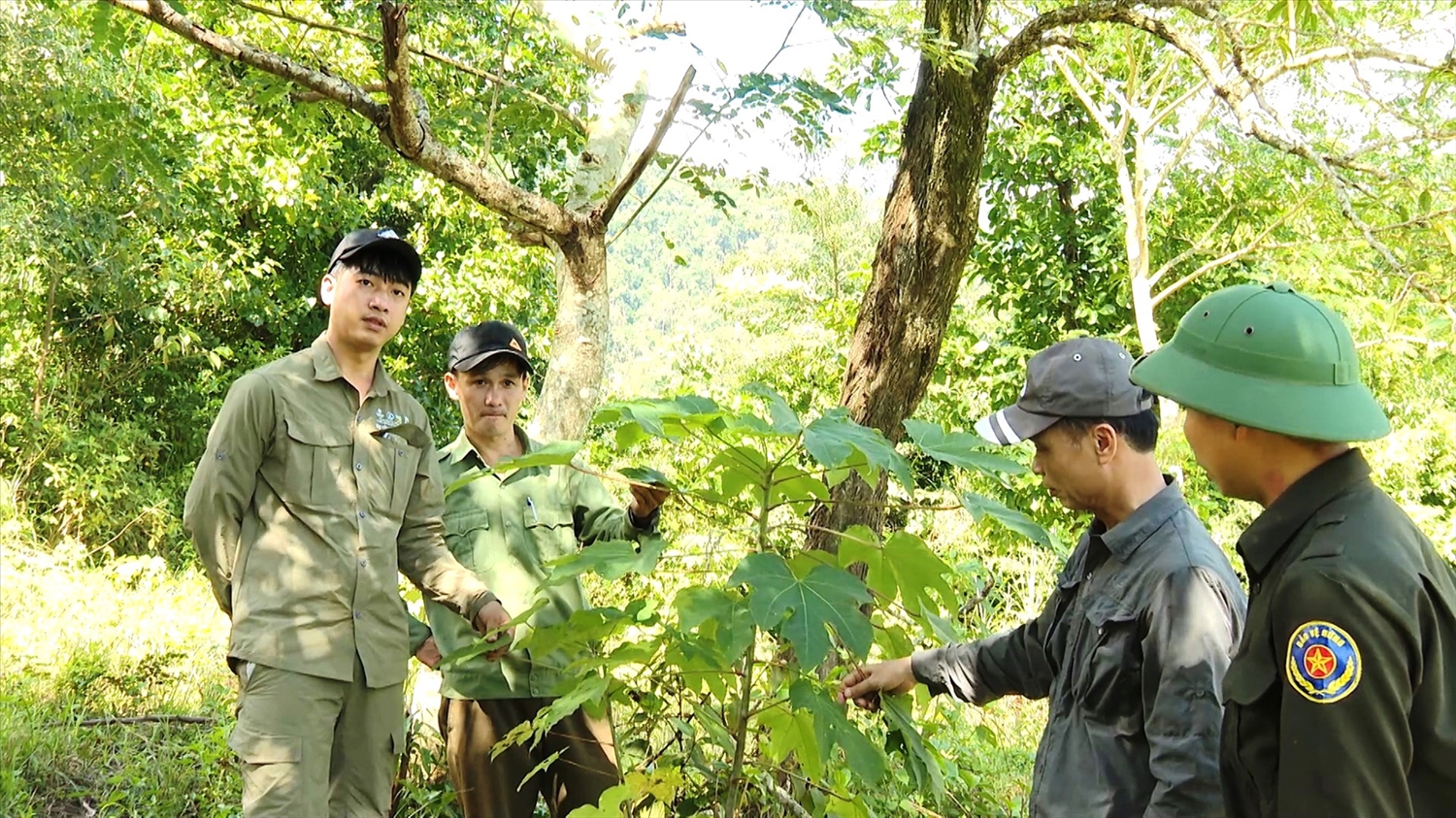
Planting native trees - tung trees, to restore depleted natural forests in Huong Linh commune, Huong Hoa district (Quang Tri). Photo: Ethnic and Development Newspaper.
Besides the advantages, in your opinion, what difficulties and challenges are facing the implementation of forestry carbon credit transactions?
- In addition to the general difficulties in policy mechanisms and financial resource barriers, the forestry sector is facing certain difficulties in determining emissions and granting carbon credits because Vietnam's forest area is relatively large, spread across ecological regions, so it requires large costs in determining emissions to be granted credits.
In addition, to be granted credit, it is necessary to confirm registration, to do this, the process of raising awareness is very important. Meanwhile, currently, the capacity of localities and forest owners is still not enough to do this, it is necessary to have the support of international organizations through the focal point of the Ministry of Agriculture and Rural Development, to measure and confirm and then find potential markets for trading.
Therefore, we continue to recommend that the Government continue to issue mechanisms and policies to implement the pilot. Second, develop standards and regulations to measure and issue credits for each specific region.
For example, to pilot the emission reduction payment agreement for 6 provinces in the North Central region with the World Bank, the Government issued Decree 107; in the near future, when implementing transactions for the South Central and Central Highlands regions, there must also be a legal document to have a basis for implementation while waiting for the official formation of the carbon credit trading market.
In particular, the mobilization of financial resources, in which international financial support resources are very important. Currently, at international climate change forums, at COP meetings, developed countries have made commitments to establish climate change reduction funds such as the Forest Carbon Partnership Fund, the Emission Reduction Alliance, the declaration on land use emission reduction, and large unions and enterprises implementing social responsibility also contribute to these funds.
We are actively connecting these funds to mobilize financial support resources to carry out measurement, credit granting and connection for sales transactions. These transactions must ensure the interests of the country, the interests of forest owners but can also mobilize resources to protect and develop forests.
As you discussed, capacity building for parties on carbon credit trading is very important. How has the Forestry Department carried out this task in the past, sir?
- Based on current financial resources, we also receive great support from the Korean and British embassies and international organizations and are ready to develop documents for dissemination. For example, there is now a draft of the Q&A document on forest carbon, which includes an overview and all the questions of forest owners and local authorities who are wondering how to participate in the carbon market. On this basis, we organize workshops and training. That is a form of raising awareness. Then we will issue documents, develop emission measurement methods and especially develop forest carbon transfer projects. The forestry sector is acting as a bridge to mobilize financial resources for forest carbon.
Thank you!
Key tasks to promote the forest carbon credit market
To contribute to the early formation of a carbon credit market, the Department of Forestry (Ministry of Agriculture and Rural Development) has identified a number of key tasks to promote market development and commercialization of forest carbon credits in the coming time, including:
Review and update the nationally determined contribution in the forestry sector; study the potential and allocate quotas for emission reduction and carbon sequestration from forests to localities; perfect the policy and institutional framework on the transfer and financial management of revenue from forest carbon credits.
Develop Vietnam forest carbon standards, a methodology for calculating emission reduction results and a system for measuring, reporting and assessing emission reduction/increased carbon sequestration of forests; guide the development and pilot implementation of a number of potential projects. Disseminate and enhance capacity for stakeholders on forest carbon; strengthen cooperation and mobilize international and private sector resources.
Source: https://danviet.vn/bao-gio-viet-nam-hinh-thanh-thi-truong-tin-chi-carbon-danh-thuc-kho-bau-duoi-nhung-tan-rung-20241104171205654.htm


![[Photo] Prime Minister Pham Minh Chinh chairs conference on anti-smuggling, trade fraud, and counterfeit goods](https://vphoto.vietnam.vn/thumb/1200x675/vietnam/resource/IMAGE/2025/5/14/6cd67667e99e4248b7d4f587fd21e37c)
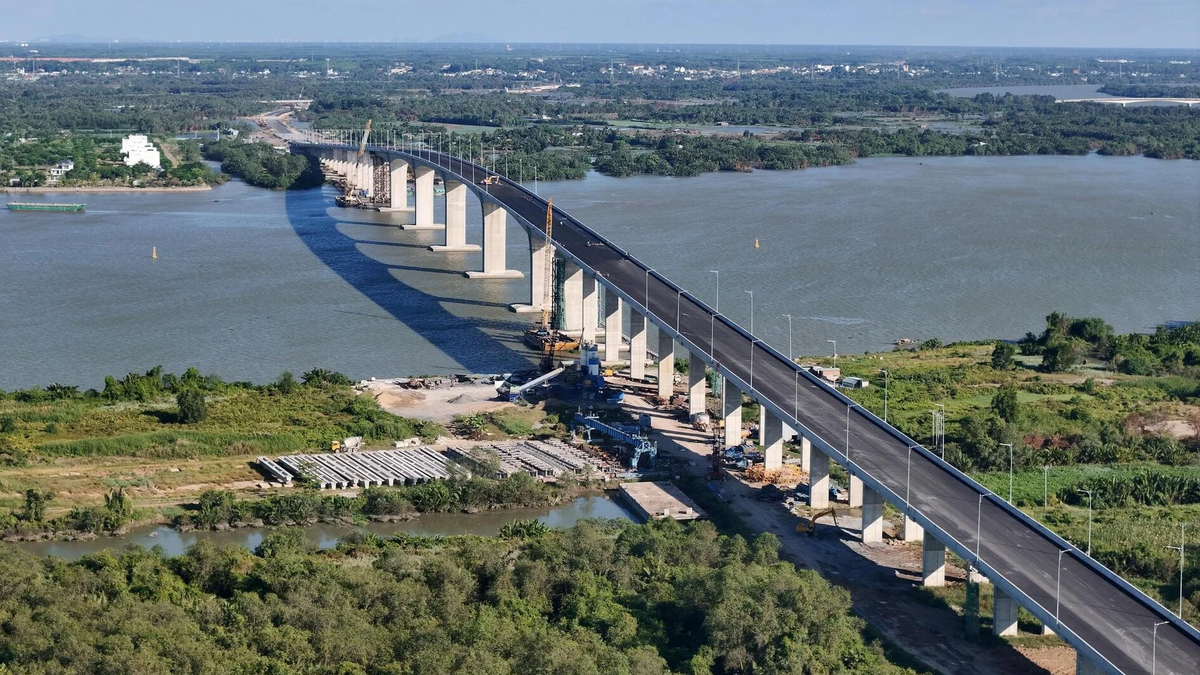




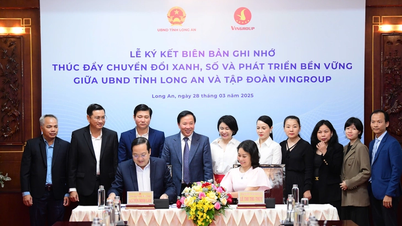



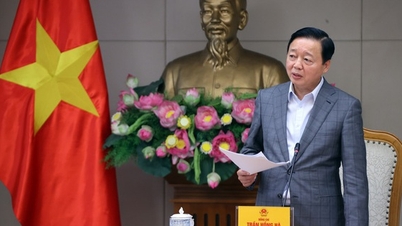



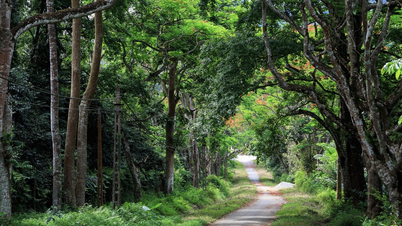

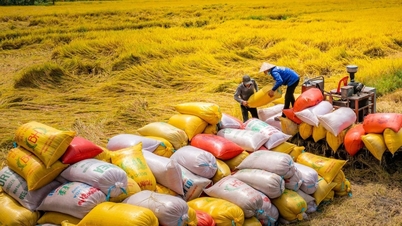
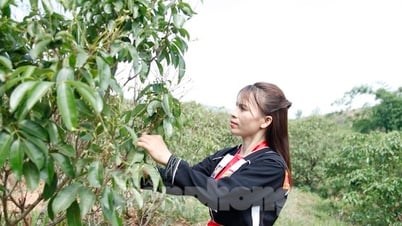
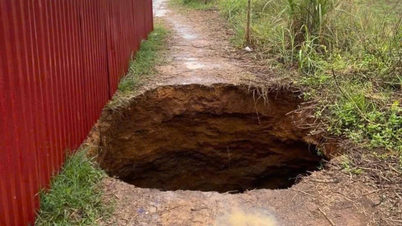

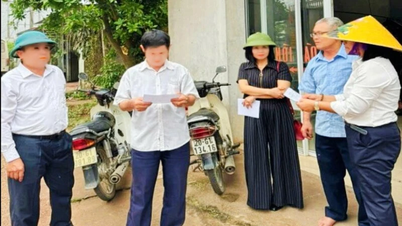

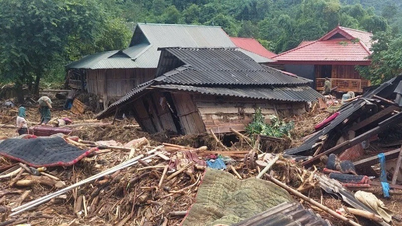




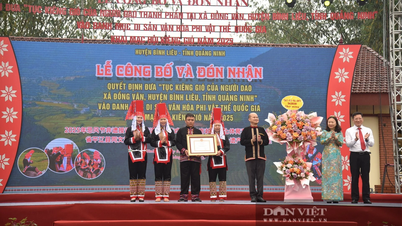
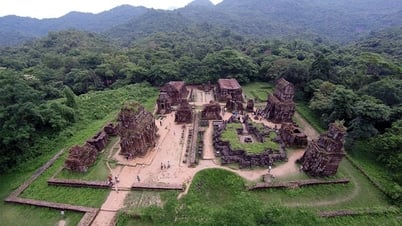

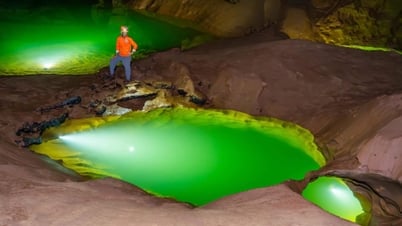
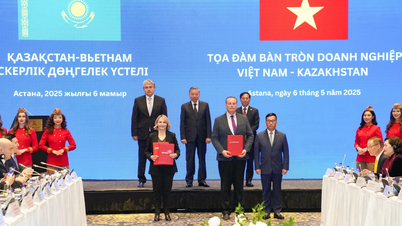






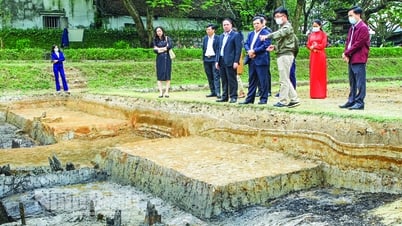







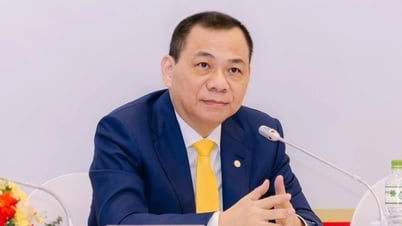



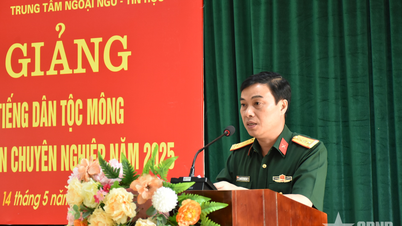









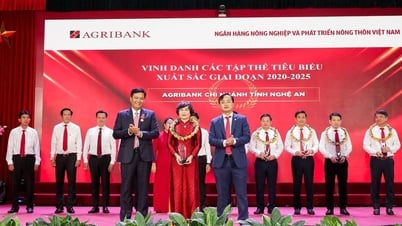

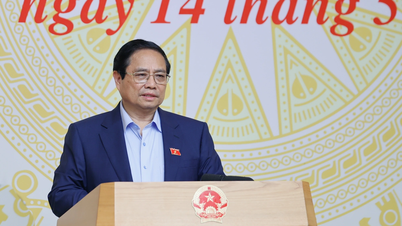

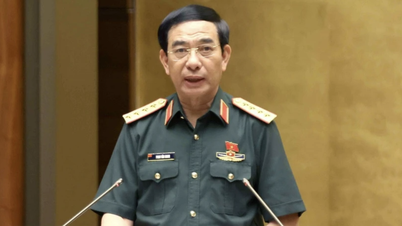


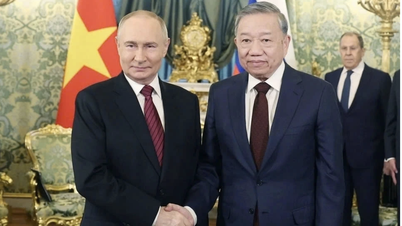




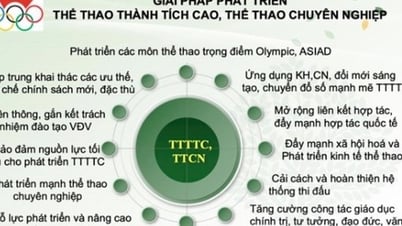







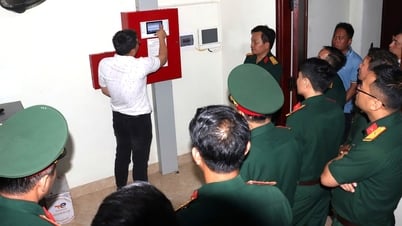




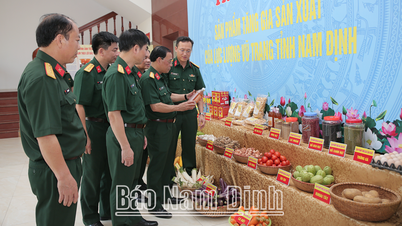
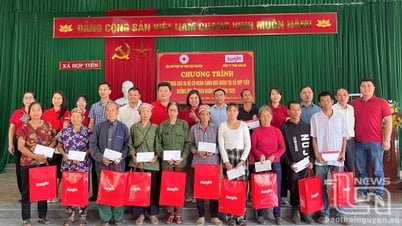










Comment (0)